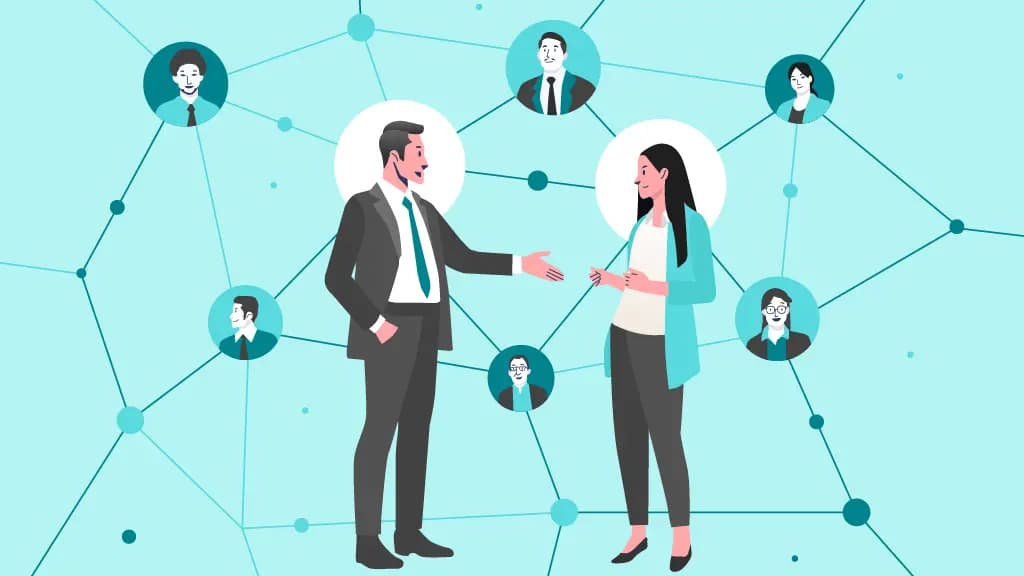11 Action Steps to Address and Prevent Racial Injustice in Your Organization

Team AdvantageClub.ai
July 16, 2025

Many organizations today take pledges to support diversity and racial equity, which is a positive step forward. However, the real change is a much harder objective to achieve, as racial injustice at work rarely shows up in official policies. Social injustice hides in the everyday processes: in who gets credit, who’s included in key conversations, and whose voice is quietly left out.
That’s where engagement platforms like AdvantageClub.ai come in. They offer practical tools that help surface blind spots, ensure equity is measurable, and make it easier to act with intention consistently.
Here are 11 actionable steps to tackle social injustice head-on. These aren’t checkboxes—they’re meaningful ways to build a workplace where everyone truly belongs.
11 steps to prevent racial injustice
1. Tailor Employee Experiences to Be Culturally Responsive
- Customize messages and nudges to ensure they connect across cultures.
- Localize celebrations and recognition to reflect the diversity of your global team.
- Skip one-size-fits-all programs and opt for flexible, responsive designs that cater to individual needs.
This ensures everyone sees themselves reflected—not just included—in your organizational culture and employee engagement initiatives.
2. Audit Social Injustice Through Data, Not Perception
- Identify who’s getting recognized most often—and who’s being overlooked.
- Analyze how rewards and recognition are distributed across teams or regions.
- Spot gaps in visibility, inclusion, or feedback loops.
3. Set Equity-Centered Cultural Benchmarks
- What percentage of employees from underrepresented groups feel heard in surveys?
- Is recognition and reward distributed fairly across all groups?
- Are engagement activities seeing equal participation across racial groups?
4. Recognize and Reward Allyship
- Acknowledging those who amplify others’ voices.
- Recognizing people who call out bias or who practice active listening.
- Highlighting leaders who create truly inclusive meetings and spaces.
5. Build Fairness into Recognition Protocols
Even digital recognition systems can unintentionally reinforce social injustice if you’re not careful. To keep things fair:
- Rotate who’s in the spotlight, so it’s not always the same folks.
- Use tools that flag gaps in participation or recognition.
- Build equity checks for how nominations and rewards are handed out.
6. Use Nudges to Interrupt Bias in the Moment
- Suggest inclusive language in peer recognition.
- Remind managers to spotlight different people, not just the same few.
- Encourage balanced participation in meetings, whether virtual or in-person.
7. Celebrate Contributions Beyond Heritage Months
- Highlight cultural stories and achievements throughout the year.
- Encourage employees to nominate peers for living your company’s values.
- Crowdsource creative celebration ideas that resonate with your people.
8. Offer Anonymous Feedback Loops for Marginalized Voices
Many employees stay silent about racial injustice at work because they fear backlash or being ignored. Anonymous channels provide a safe space for them to speak up.
- Flag microaggressions or exclusionary behavior in real time.
- Track sentiment by different demographic groups.
- Check in regularly to gauge how underrepresented employees are feeling.
9. Make Progress Visible Without Shaming
- Dashboards showing engagement and inclusion metrics across teams.
- Reports that reveal patterns without calling out individuals.
- Regular reviews that tie equity progress directly to business goals.
10. Replace Performative DEI with Meaningful Dialogue
- Running quick pulse surveys to check how people feel about racial inclusion.
- Holding virtual town halls where employees can ask tough questions anonymously.
- Hosting sessions where leaders respond openly to employee concerns.
11. Sustain Change Through Ongoing Adjustments
Fighting racial injustice at work isn’t a one-and-done campaign—it’s a long-term commitment that evolves.
- Reviewing engagement data regularly to track changes and trends.
- Giving employees a voice to propose new ideas or flag outdated practices.
- Using your insights to keep redefining what equity should look like.
This ensures you empower employees and your efforts stay fresh, relevant, and impactful to the people who matter most—your employees.
How Intelligent Engagement Helps Prevent Racial Injustice
Fighting racial injustice at work requires more than statements. It necessitates a constant awareness of how people experience your organization in every stage of the employee lifecycle. That’s where intelligent engagement platforms can be game-changers.
- Surface Hidden Patterns: Spot who’s consistently recognized—or overlooked—and identify bias in team dynamics.
- Flag Engagement Gaps: Highlights departments or groups where participation or recognition is lagging.
- Deliver Real-Time Nudges: Prompt inclusive actions, such as recognizing a broader range of voices.
- Support Anonymous Feedback: Offer employees a safe way to speak up, allowing HR to address microaggressions and systemic issues.
- Enable Equity Dashboards: Visualize progress on inclusion efforts across regions, teams, or functions to inform strategic decisions.
Make fairness a part of everyday work life with AI engagement platform, AdvantageClub.ai, so racial justice becomes a lived reality within your organisation.
Build Systems, Not Statements
Racial injustice at work isn’t always easy to see—but for the people affected, its impact runs deep and limits employee autonomy. As HR professionals, the real challenge is embedding equity into everyday moments—like who gets recognized, who feels safe speaking up, and who sees real opportunities to grow. Fairness shouldn’t just be something we talk about; it should be something everyone truly experiences.
When we pair genuine intention with the right tools, we can move beyond surface-level gestures and create a sense of equity for everyone. AdvantageClub.ai makes this possible by keeping participation inclusive, recognition fair, and feedback continuous, helping turn justice into everyday practice.





